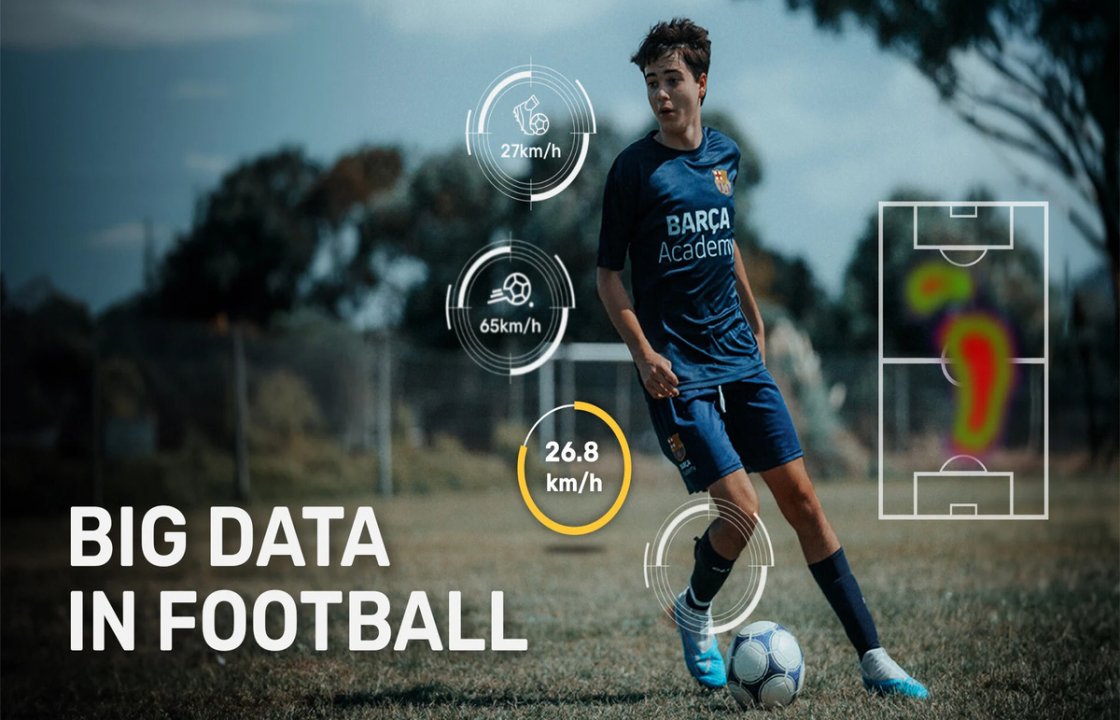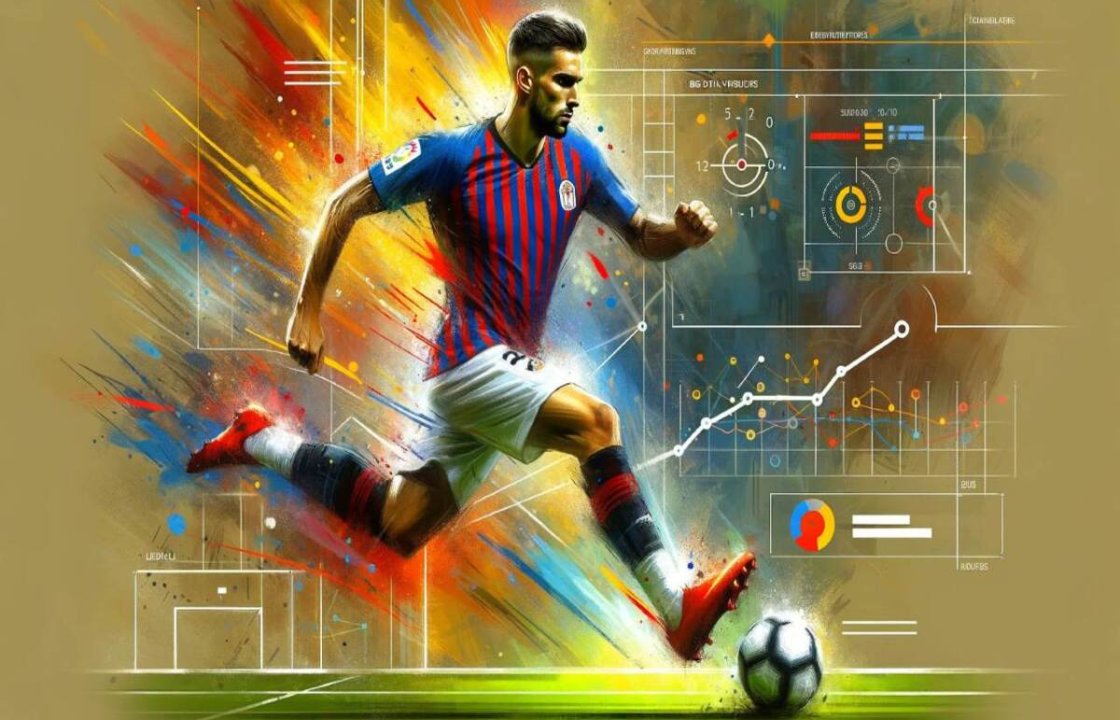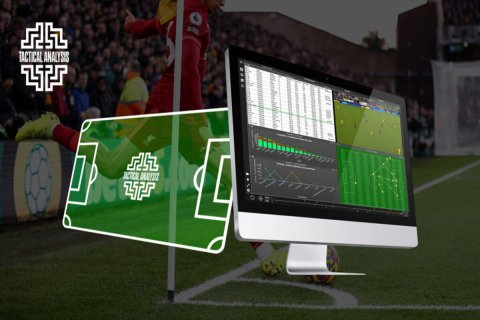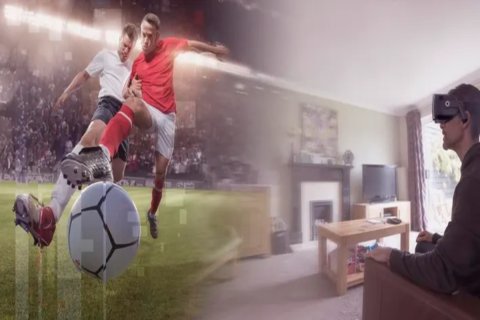In today’s game, soccer is no longer just about talent and tactics—data science and artificial intelligence are now key players on and off the field.
The Data-Driven Evolution of the Beautiful Game
Soccer has always been about emotion, creativity, and intuition—but in the modern era, it is increasingly influenced by analytics, algorithms, and machine learning. The sport is undergoing a quiet revolution. Behind every great team performance, there is a growing reliance on data science, a discipline that transforms raw match data into actionable insights. What was once considered subjective is now measurable. From pass accuracy and sprint distances to expected goals (xG) and positional heatmaps, the depth of analysis has reached a level that previous generations of players and coaches could hardly imagine.
The use of artificial intelligence (AI), in particular, has taken this transformation even further. Coaches, analysts, and performance experts are turning to AI to predict outcomes, personalize training, and even scout talent more efficiently. In short, soccer is being shaped by a marriage of art and algorithm.
The Role of Big Data in Soccer
Every second of a professional soccer match generates a flood of information. With the help of GPS trackers, optical tracking systems, and wearable technology, teams collect massive amounts of data during training and matches. This includes not just physical metrics like distance covered or top speed, but also technical and tactical data, such as pass completion under pressure, defensive positioning, and ball recovery patterns.
Data science processes this information to create a clearer picture of what’s happening on the pitch. By using statistical models, analysts can identify strengths, weaknesses, and trends that may go unnoticed by the human eye. For example, tracking how a player's performance changes under fatigue or whether a team’s defensive line is maintaining proper spacing can be critical insights that influence coaching decisions.
This explosion of big data has fundamentally changed how teams prepare, execute, and evaluate performance. It’s not about replacing coaches—it’s about enhancing their decision-making with deeper, evidence-based knowledge.

How AI is Changing Performance Analysis
Artificial intelligence steps in when traditional data analysis reaches its limits. Machine learning algorithms, trained on vast datasets, are capable of detecting patterns, anomalies, and predictions with greater speed and precision than any human analyst.
One of the most transformative uses of AI in soccer is in video analysis. Through computer vision, AI can process and label hours of match footage in minutes, identifying player movements, ball trajectories, tactical formations, and even subtle behaviors such as a forward’s tendency to feint before a run. This allows coaches to receive automated reports highlighting key moments, tendencies, and areas for improvement.
AI is also behind the development of predictive models. These models estimate things like the likelihood of scoring from a given position (xG), the chance of conceding based on defensive shape, or even the risk of injury based on biomechanical data. With this level of insight, training can be adapted not just to maximize performance but also to minimize risk and optimize recovery.
Furthermore, AI supports individual player development by creating highly tailored training programs. By analyzing player-specific data, algorithms can recommend drills that target a player's specific weaknesses, identify trends in performance dips, or even suggest positional changes based on the player’s attributes compared to league benchmarks.
Scouting and Recruitment in the Age of Algorithms
Scouting has long relied on intuition and experience. While those elements remain valuable, they are now being complemented—and sometimes challenged—by data and AI. Platforms powered by artificial intelligence analyze the performance metrics of thousands of players across the globe, creating detailed profiles and comparisons.
Clubs now use these systems to discover hidden talent in lesser-known leagues or to find players whose statistical profiles match their tactical system. AI can flag players with high potential based on growth trajectories, playing style, and even personality indicators gathered from social behavior analysis. This approach levels the playing field, allowing smaller clubs to compete with giants in terms of recruitment efficiency.
By quantifying attributes like press resistance, positional discipline, or chance creation per touch, AI gives scouts a broader and more objective view, enhancing their traditional knowledge with data-backed validation.
Challenges and the Human Touch
Despite its advantages, the use of data science and AI in soccer is not without challenges. Data interpretation is still an art form. Misreading statistics can lead to poor decisions, especially when numbers are taken out of context. Not everything can be measured—leadership, instinct, and emotional resilience are still vital elements of the game that defy easy quantification.
Moreover, there is always a risk of overreliance on technology. While data can suggest tendencies, it doesn’t account for the unpredictable nature of live competition. Soccer remains a fluid, dynamic sport where human creativity and spontaneity often decide the outcome. Therefore, the most effective use of AI and data science is in partnership with experienced coaching, not as a replacement.
Ethical considerations are also emerging, especially around data privacy and consent, as players are tracked more closely than ever. Clubs and governing bodies must ensure that data collection is used responsibly and transparently.

The Future: AI-Driven Soccer Intelligence
The future of soccer lies in real-time analytics, automated tactical recommendations, and AI-assisted coaching. Imagine a coach receiving live suggestions during a match on potential substitutions based on performance degradation or AI flagging the opposition’s tactical switch within seconds. These developments are not science fiction—they are already in the testing phase in top clubs and leagues.
As AI models continue to learn and evolve, they may soon offer simulations of game scenarios based on historical and real-time data. This would allow coaches to test strategies virtually before implementing them on the field. Players may also benefit from virtual reality training environments, customized through AI to replicate specific match situations based on their past performances.
Connecting the Dots at SIA Academy
At SIA Academy, we recognize the transformative power of data science and artificial intelligence in modern soccer. Our commitment to high-performance training goes hand in hand with adopting the latest technologies to help our players reach their full potential. We use video analysis software, GPS tracking systems, and performance dashboards to evaluate and enhance every aspect of a player’s development.
But beyond the technology, what sets us apart is our ability to translate data into meaningful growth. Our coaches and analysts work closely with each player to interpret insights, set personalized goals, and build intelligent training plans based on evidence, not assumptions. By integrating data science with a human-centered coaching philosophy, we prepare our athletes not just for today’s game—but for the AI-powered future of professional soccer.






